Thyroid Panel: What Are the Normal Levels?
Thyroid issues are becoming more common. Obesity and unhealthy weight gain has been on the rise for years and thyroid issues tend to come from these, though there are other factors for thyroid issues.
When your doctor tells you to get a thyroid panel, you might not know what that is exactly. This article is meant to help explain not only what goes on during a panel, but also what the normal levels should be.
This could help to relieve some of your anxiety about it before you go in and get your panel done, or it could help better understand the results of your panel.
What Is a Panel?
If your doctor thinks you might have a thyroid issue due to certain symptoms, then they might order a panel to be done.
A panel is designed to not only check how your thyroid is functioning, but also to see if you might have hypothyroidism or hyperthyroidism.
Hypothyroidism is when your thyroid stops or slows the creation of the necessary number of hormones that your body needs. With this, your metabolism generally slows down, which can cause rapid weight gain.
There are many reasons why you might have hypothyroidism. The most common reason is inflammation of the thyroid gland, whether it happened in the past or is currently happening. This can be from an autoimmune disease called autoimmune thyroiditis or Hashimoto's disease.
Hashimoto's disease targets the thyroid gland, causing it to swell, which effects the production of hormones. In this case, it causes the thyroid to produce less hormones than before.
Hyperthyroidism causes the thyroid gland to increase the production of hormones beyond what your body needs. As the opposite of hypothyroidism, hyperthyroidism causes weight loss, even if they have an increased appetite.
An autoimmune disorder is the most common reason for having hyperthyroidism. The most common is called Graves’ disease. With this autoimmune disease, thyroid produces too many hormones which leads to many other issues.
Side Effects
Weight loss is the largest side effect, but another common side effect are goiters. A goiter is a condition when the thyroid gland enlarges to keep up with the demand of hormones that is being produced. This can lead to a person having what appears to be a swelled neck, as that is where the thyroid gland is.
Hyperthyroidism has many side effects including difficulty sleeping, nervousness, weakness, itching, hair loss, and fine and brittle hair. More serious side effects are loss of consciousness, dizziness, shortness of breath, and a fast and irregular heartbeat.
A thyroid panel looks specifically at the number of hormones your thyroid gland is producing. The free thyroxine hormone, also known as T4, and the total or free triiodothyronine, also known as T3, are the two hormones produced by your thyroid.
The thyroid stimulating hormone, or TSH, is made by the pituitary gland and stimulates T3 and T4 hormone production, focusing on T4. This is generally also checked during a thyroid panel, especially when looking for hypo or hyperthyroidism.
Normal Levels?
Now that you know the two types of hormones produced by the thyroid gland, what are the normal levels for the hormones?
The T3 hormone should be between 80 and 180 ng/dl. Ng/dl stands for nanograms per deciliter.
The T4 hormone should be between 4.6 and 12 ug/dl. Ug/dl stands for micrograms per deciliter.
The TSH hormone should be between .4 and 4.0 mIU/L, which is milli-international units per liter. If you are being treated for a thyroid issue, then it will likely be between .5 and 4.0 mIU/L.
What do these all mean, though?
There are actually different combinations of all of these. Obviously, if they are all within the normal range, then you shouldn’t have any issues. If even one of these is above or below normal, however, then you might just have a disorder.
TSH is high, T4 is normal, T3 is normal
When this occurs, it is likely that you have mild hypothyroidism. As this is only a mild case, you might not be showing many symptoms, if any. However, this doesn’t mean that you don’t need to worry about it.
In most cases, this can increase your chances of getting full hypothyroidism by 2-5% every year. Many doctors, however, have different ideas of whether they should treat you or not.
It’s possible that your elevated TSH levels might be caused by something entirely different, like recovery from an illness that has nothing to do with the thyroid. Therefore, it can be difficult to determine if you should get treatments or not.
TSH is high, T4 is low, T3 is low or normal
This generally means you have hypothyroidism. As explained above, hypothyroidism is when you aren’t having enough hormones being produced.
Since your TSH levels are high, it’s likely that they are trying to stimulate your hormones to regulate your body, but there just aren’t enough hormones being produced, no matter how hard it tries to stimulate them.
TSH is low, T4 is normal, T3 is normal
This generally means you might have mild hyperthyroidism. Like mild hypothyroidism, there isn’t enough of a change to prompt a doctor to suggest treatments.
Once again, you likely don’t have many or any symptoms.
TSH is low, T4 is high or normal, T3 is high or normal
This is an indicator of hyperthyroidism, which causes your thyroid gland to be overactive in creating hormones.
As the TSH levels are low, it’s likely because there are so many hormones being produced. Your pituitary gland recognizes that you have more than enough hormones and doesn’t need to stimulate the production of them.
Most likely, one or the other of your hormones will be high and the other will be normal, but it is possible for both of them to be normal.
TSH is low, T4 is low or normal, T3 is low or normal
This is not connected to hypo or hyperthyroidism caused by the thyroid, but actually has to do with pituitary hypothyroidism, or secondary hypothyroidism.
The biggest difference is that it is caused by a failure in the pituitary gland or in the hypothalamus. Other than that, all the same symptoms will be present.
The most effective treatment is a thyroid medication which replaces the missing or low hormone. Unfortunately, this is a lifetime treatment, as there is no cure.
TSH is normal, T4 is high, T3 is high
This is known as thyroid hormone resistance syndrome. This is a rare genetic mutation where some of your body tissues are resistant to the hormones produced by your thyroid gland. It directly effects your thyroid hormone receptor.
It can cause symptoms of either hypothyroidism or hyperthyroidism and sometimes of both. It depends on the person and how the receptors respond to the hormones.
In most people, they can get goiters, where their thyroid gland is enlarged, once again from an overproduction of the T4 and T3 hormones.
What Does It All Mean?
These abnormalities in your thyroid gland can be a lifelong struggle. Some people are able to get their thyroid under control, especially if they have a milder reason for getting it in the first place.
For others, however, they might have to continue taking medication for the rest of their life. Some people will actually get their thyroid removed, especially if they have hyperthyroidism. While this might completely get rid of hyperthyroidism, they will likely get hypothyroidism.
They won’t have the number of hormones they need, so a daily medication is required to replace the missing hormones.
Many people don’t even know that they are on the brink of getting one of these, as they don’t have symptoms yet. They wouldn’t know to change their lifestyle and might not know that they have an underlying cause for this disease.
Read More:
http://www.endocrineweb.com/conditions/thyroid/thyroid-function-tests
https://www.abim.org/~/media/ABIM%20Public/Files/pdf/exam/laboratory-reference-ranges.pdf
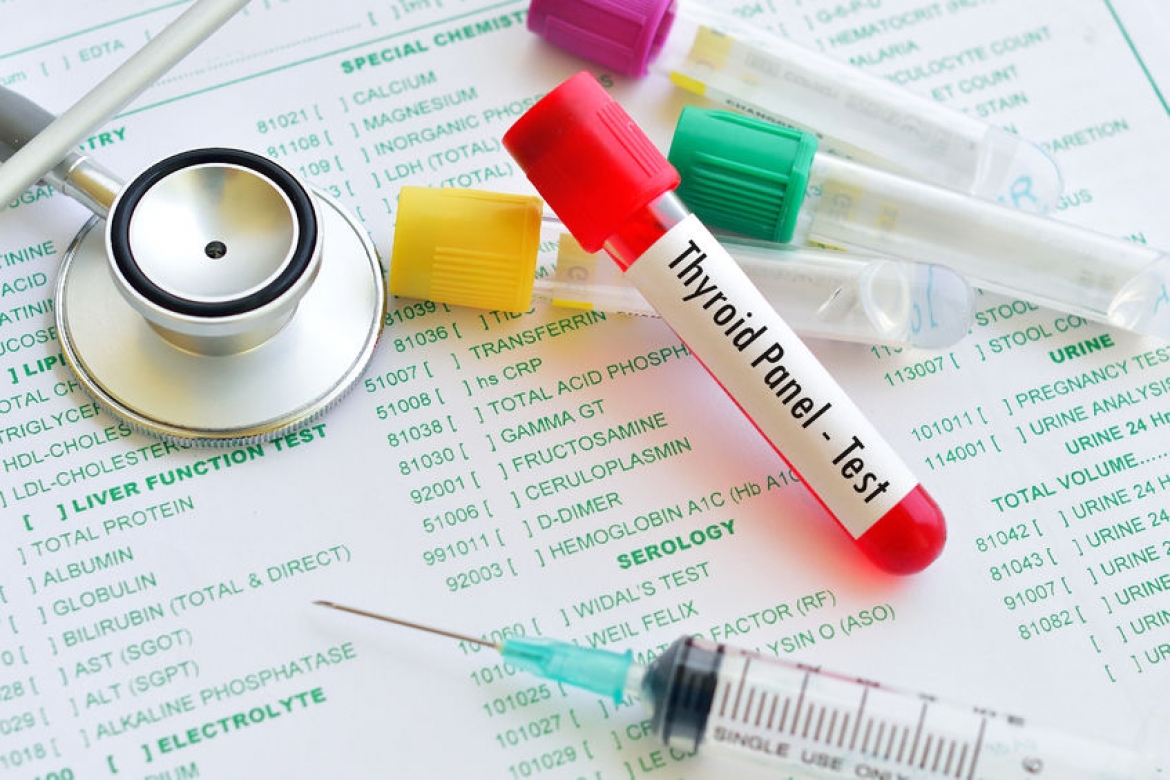





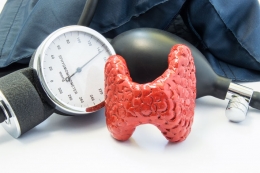
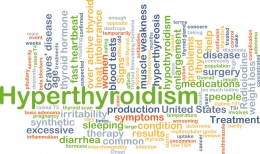
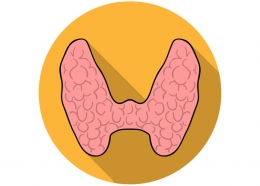

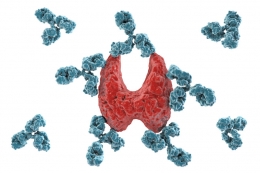

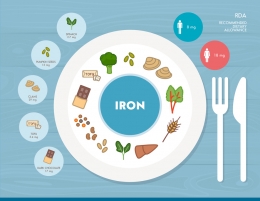
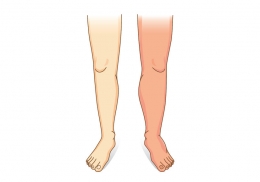

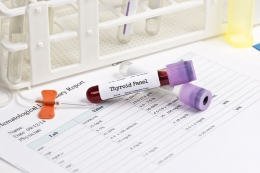
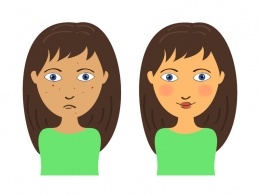













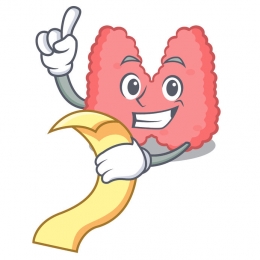




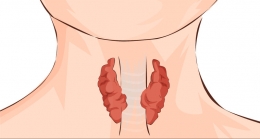
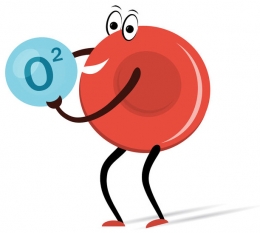


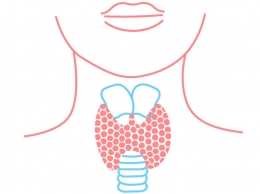











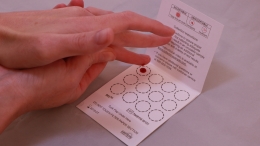



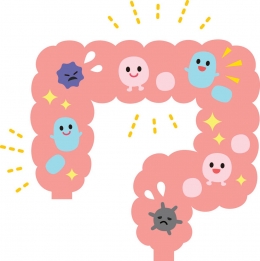




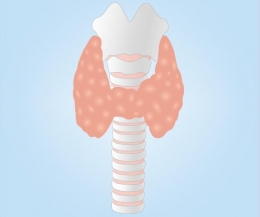

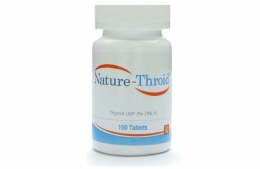






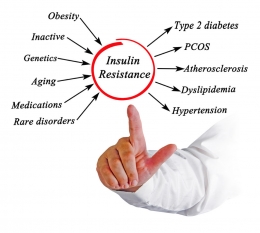
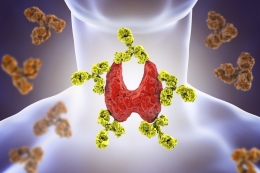

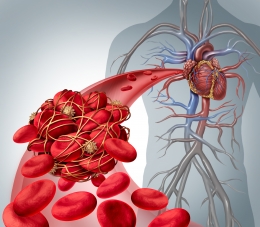
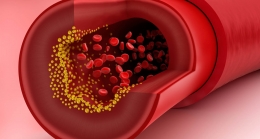


Leave a comment